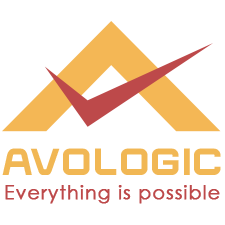Web Designing refers to the process of creating the visual design of a website. It involves designing the layout, structure, and user interface of a website. Here are some of the topics that might be covered in a typical Web Designing course:
- HTML and CSS: This section covers the basics of HTML and CSS, the building blocks of any website. Learners will learn how to create HTML pages, structure them with HTML tags, and style them using CSS.
- Responsive Design: In this section, learners will learn how to design websites that can adapt to different screen sizes and devices. They will learn about responsive design principles, fluid grids, and media queries.
- User Interface Design: This section covers the basics of user interface (UI) design, including designing buttons, forms, and menus. Learners will also learn about color theory, typography, and iconography.
- Design Tools: In this section, learners will learn about the various tools used in web design, including Adobe Photoshop, Adobe XD, and Figma. They will learn how to create wireframes, mockups, and prototypes.
- Web Design Trends: This section covers the latest trends in web design, including flat design, material design, and skeuomorphism. Learners will learn how to apply these trends to their designs.
By the end of the course, learners should have a good understanding of web design principles and how to create visually appealing and responsive websites. They should also be able to apply the skills learned in the course to real-world web design projects.
Page Copyright
© Copyright @Avologic 2016 - 2023 All Rights Reserved.
